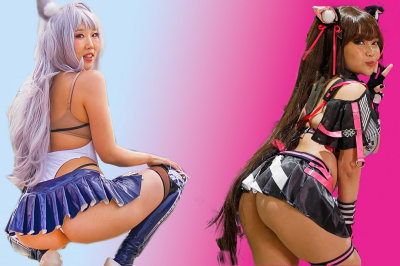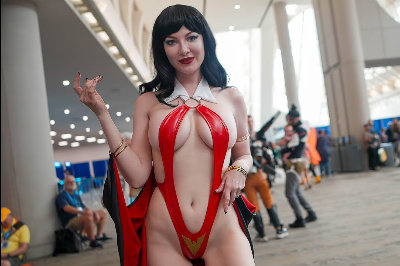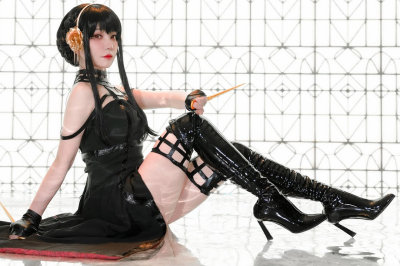TSOTSI - Q&A with director Gavin Hood
What was your reaction when offered the chance to make TSOTSI?
I'd wanted to make a film of this story, but the rights were never available. Although it was set in the late 50s and written in the early 60s it wasn't published until 1980. It was probably one of the first things that Athol Fugard wrote but he couldn't get it published. And he hadn't found an ending, which was interesting because we had discussions about that as well. Once he had become a famous playwright some students, so the story goes, were doing their Masters and discovered this book after his wife told them. She said he should finish it because it was good. So he found his ending, and after it was published the book got optioned [by film companies] pretty much continuously from then. I wanted to do it but couldn't get the rights, until one day [producer] Peter Fudakowski called me and asked if I'd heard of this strange book called Tsotsi. From there it happened quite quickly from the time it was offered to actually getting it made.
What changes did you have to make in bringing it to the screen?
We made it more contemporary for one thing. The novel is written very much as an interior struggle, and as an author you can be an objective outside narrative voice and you can say what's going on inside the mind of that character - that this is what Tsotsi's thinking. When you're adapting that kind of book for the screen you wonder if there should be voiceover, do you hear the character's thoughts? But I wanted this character to be silent, because he doesn't want to talk. So now we're going into a different medium, we can use visuals and dialogue.
How did you find these actors, especially your leading man Presley Chweneyagae?
I auditioned very, very intensely and started sending scripts to all the actors. Presley is actually the best friend of Zenzo Ngqobe, who plays Butcher. And this is their first feature, as it is for Terry Pheto who plays Miriam, although they had all done community theatre.
There is something very scary about Tsotsi being so young, and so lacking in compassion isn't there?
There's something extremely frightening about a kid with a gun who's 19 who's out of control. I've been mugged, and my parents were carjacked. My father was saying 'Diana just give them what they want', and my Mum was saying 'sweetheart, you really don't want to be doing this'. They'd ripped the necklace from her neck, she's bleeding and yet she's trying to have a conversation with this kid. In many ways that was a big influence on me here, because part of my feelings were 'mother what were you thinking?' But she said 'Gavin, he's just a child.' And I thought that this is what Tsotsi is, it's about a kid who behind this mask of anger really wants to have a conversation about his mother. That helped me feel that I wasn't contriving it, that it could be rooted in some psychological truth.
It's a handsome looking film, how did you set about achieving that?
We had our debates, these things seriously affect your budget. I remember having dinner with [producer] Peter Fudakowski one night and he said we could do this on 16mm, and I said 'I will if I have to but please don't make me!', because then we'd look like we were imitating CITY OF GOD which was a brilliantly made film. It seemed to me that CITY OF GOD's hand held style was appropriate, because it's about a whole lot of kids out of control and you can't keep up with them. But TSOTSI starts out as a gangster movie and very quickly becomes this other, very intimate story. One of the things that helped was to minimise the colour palette. This goes to production design even before we get to image. I'm talking about wanting to focus on the actor, first and foremost, I want the actor's eyes always to be lit. That's where the story's unfolding, and the emotion is unfolding. But I also want that to be very quickly the centre of your focus. If your image is full of clutter you brain is having to absorb that when I want your focus on the actor, so in the end it's how to achieve texture without clutter.
What exactly is the dialect of Tsotsitaal which you use in the film?
It's the hip street talk, an amalgamation of many languages, including Spanish for some reason. I don't speak that language. And indeed most of my actors didn't speak it either.
Was it hard to direct in a language you don't speak?
I wrote it in English and actually once you've done the translation, given that there's minimal dialogue, I don't care exactly what they say as long as the emotion is there. I don't believe in giving an actor a line reading. If I have to say 'say the line like this' then our focus has gone back to the line. The line should 'pop' out when the emotional centre of what's happening is real - provided you have someone who is a good actor saying it. And because we knew the film was going to be subtitled, I didn't go into the whole improvisational world, we stuck to the dialogue because I wanted it to read well on screen as well as sound good on the ear. The funny thing about Tsotsitaal is that I think it adds to the soundtrack appeal for a foreign audience. And the lines hopefully don't take a long time to read. A lot of the time you watch a foreign film and you can't keep up with the subtitles. So it was a matter of minimising the dialogue without contriving it. And when we do have it it's because we really want it, and we want it to read well, almost like free verse.
Question & Answer Text Copyright Momentum Pictures



